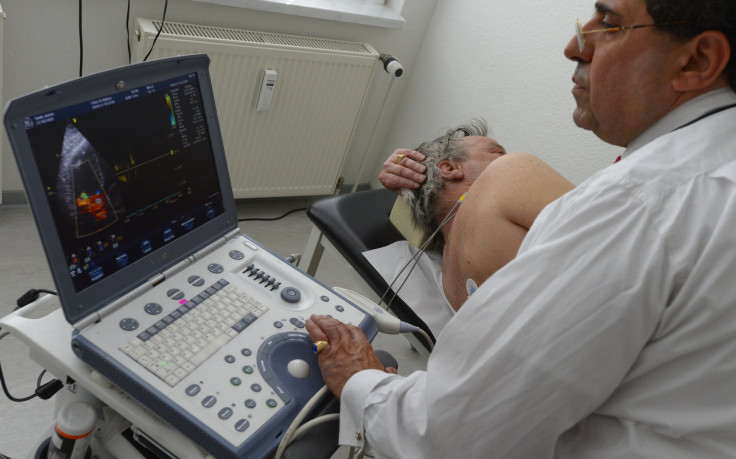Ultrasound Treatment Quickens Healing Of Skin Ulcers, Effective For Diabetics And Elderly: Study

Low-intensity ultrasound can reduce the healing duration of skin ulcers and bedsores by a third, a joint study by the University of Sheffield and University of Bristol showed. The study's findings could be useful for diabetics and the elderly, the researchers said.
The study found that an ultrasound sends out a vibration through the skin and activates cells in wounds to stimulate and speed up the healing process, the researchers explained in a press release Sunday. The treatment can also decrease the chance of infection without the risk of side effects, according to the study, which was published in the June edition of the Journal of Investigative Dermatology.
Most diabetics suffer from foot ulcers because of the loss of sensation and blood circulation in the legs. A total of 29.1 million Americans suffer from diabetes, according to the Centers for Disease Control and Prevention. Of these, 8.1 million cases remain undiagnosed.
"Skin ulcers are excruciatingly painful for patients and in many cases can only be resolved by amputation of the limb… Because it is just speeding up the normal processes, the treatment doesn't carry the risk of side effects that are often associated with drug treatments," Mark Bass, lead author of the study from the University of Sheffield's Centre for Membrane Interactions and Dynamics said, in the release.
According to Bass, a further refining of the ultrasound treatment could improve their impact. "Because ultrasound is relatively risk free we could expect to see it in broad clinical use within three or four years," he said.
© Copyright IBTimes 2024. All rights reserved.





















